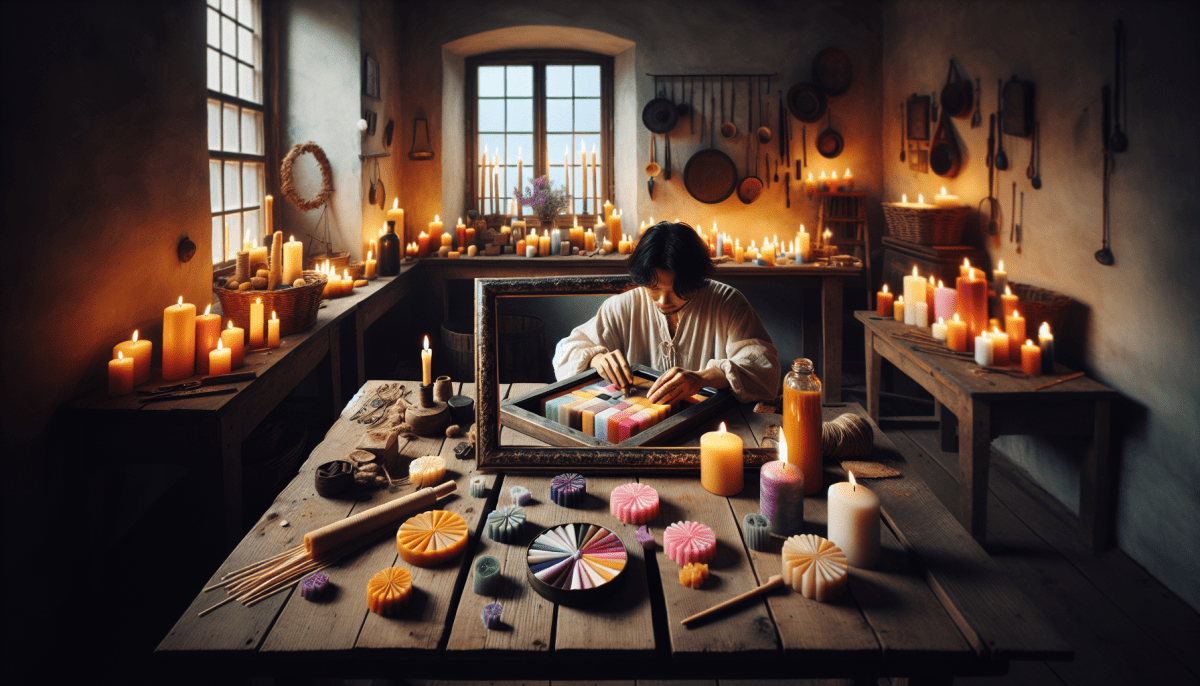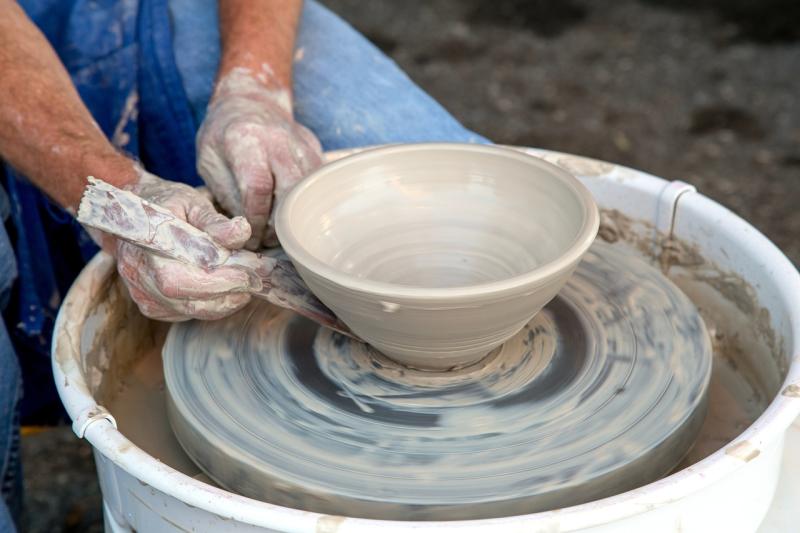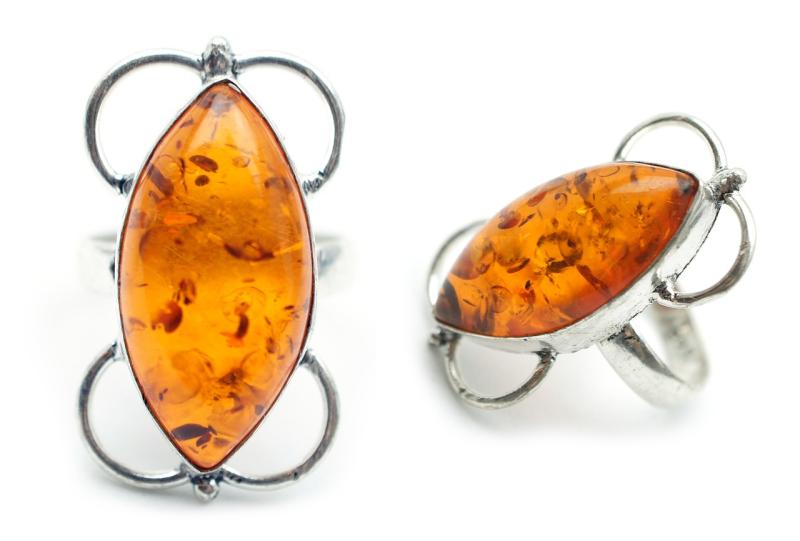Candle making can be so much fun, and having the right essentials makes all the difference! If you’re just starting out, here are some must-have items to kick off your candle-making journey.
1. Wax: This is your main ingredient. The most common types are paraffin, soy, and beeswax. Soy wax is great for beginners because it’s easy to work with and burns cleaner. Beeswax gives a lovely natural aroma, while paraffin is often less expensive.
2. Wicks: Wicks come in various sizes and materials, so matching the right wick to your wax type is key. A wick that’s too small won’t burn the wax properly, while one that’s too big can create a soot issue. It’s good to have a few different sizes on hand for experimenting!
3. Fragrance Oils: If you want your candles smelling amazing, then fragrance oils are a must! Make sure to check if they’re suitable for candle making. Start with something simple like lavender or vanilla—they’re always crowd-pleasers!
4. Containers or Molds: You can use glass jars, metal tins, or molds to shape your candles. Glass jars are popular for their aesthetic appeal, and they’re easy to find. If you’re feeling adventurous, try experimenting with different shapes using silicone molds!
Gather these essentials, and you're well on your way to making beautiful candles that not only light up your space but also fill it with lovely scents! Enjoy the process and let your creativity shine!
Choosing the Right Wax for Your Candles
Paraffin Wax is the classic choice. It’s affordable and easy to find, making it great for beginners. It holds fragrance well, which is a big plus if you love scented candles. However, some people prefer to avoid it since it’s derived from petroleum. If you’re just starting out and want to make beautiful candles, paraffin is a solid pick.
Soy Wax is a fantastic eco-friendly option. It’s made from soybeans, so it’s renewable and biodegradable. Plus, soy wax burns cleaner and typically has a longer burn time than paraffin. It also holds onto scents really well, making your candles smell amazing. If sustainability is important to you, soy wax is definitely worth considering.
Beeswax is another natural choice, and it’s known for its wonderful honey-like scent. It burns slowly and has a natural golden color, which can add a beautiful touch to your candles. Although it can be pricier, many people love the way it purifies the air as it burns. If you’re up for a little adventure in candle making, beeswax can be a unique and rewarding choice!
Lastly, Palm Wax is another great alternative. It creates a unique crystalline texture that can make your candles look really cool. It also burns cleanly, but be sure to check for sustainable sources since palm oil production can sometimes harm wildlife. If you want to create something stunning and eye-catching, give palm wax a try!
Popular Scents to Enhance Your Candles
When you're diving into the world of candle making, one of the most exciting parts is choosing the scents that will bring your creations to life. The right fragrance can set the mood, evoke memories, and transform a simple candle into something truly special. Here are some popular scents to consider:
When you’re selecting scent oils, don’t forget to consider the strength of the fragrance. Some scents are stronger than others and can dominate the room, while some are subtler and might require a bit more to achieve that perfect balance. Also, mixing scents can lead to unique combinations that reflect your personality or even the season!
Experimentation is key in candle making, so don’t be afraid to play around with different blends. You might discover some delightful surprises that become your go-to favorites!
Tips for Perfect Candle Pouring Techniques
Candle pouring may seem simple, but it does take a little practice to get it just right. Here are some tips to help you achieve that perfect pour every time!
1. Temperature Matters
Make sure your wax reaches the right pouring temperature! Most waxes have a sweet spot, usually around 130-160°F. If your wax is too hot, it'll bubble and create imperfections. Too cool, and it won’t pour smoothly. Keep a thermometer handy to check the temp as you work.
2. Choose the Right Wick
Wick choice can really affect how your candle burns. Make sure you’re using the right size for your candle’s diameter. If it’s too small, it may tunnel. If it’s too big, you’ll get soot. Check out wick sizing charts for guidance, and don’t hesitate to test a few options!
3. Pouring Technique
When you’re ready to pour, do it slowly and steadily. Aim for the center of your container to avoid air bubbles. If you're using molds, try to pour at an angle to reduce the chance of air pockets. And remember, a little patience goes a long way here!
4. Cooling and Setting
After pouring, let your candles cool undisturbed. Rapid cooling can lead to cracks, so keep them in a stable environment. Ideally, let them set for at least 24 hours before trimming the wick and burning. This wait will make a big difference in how well they perform!



